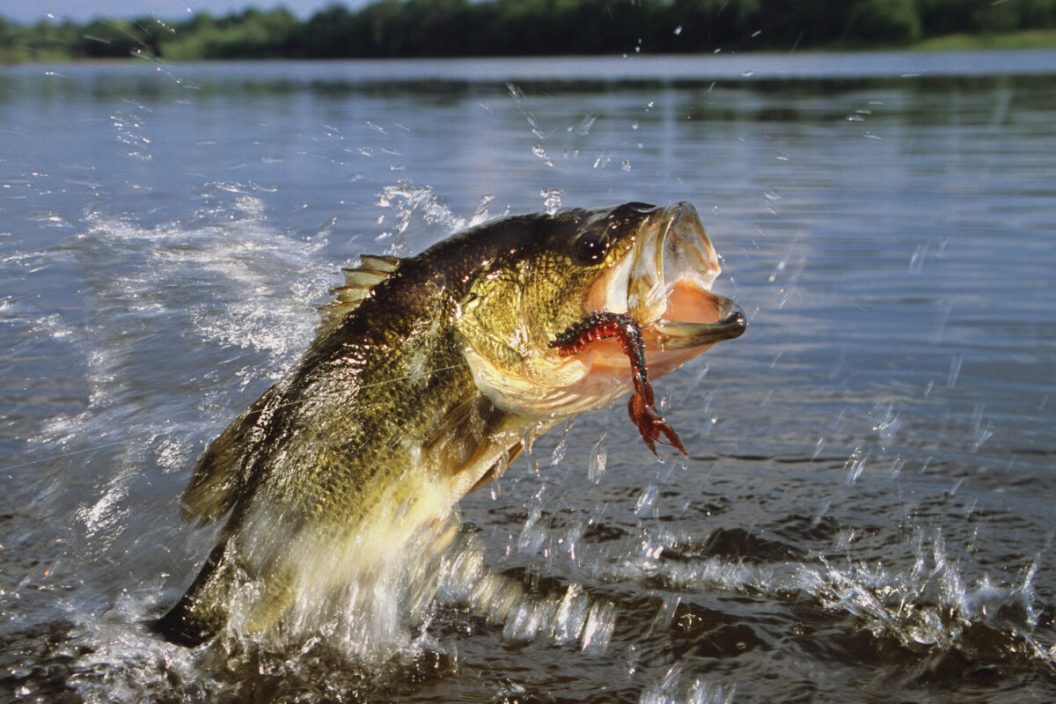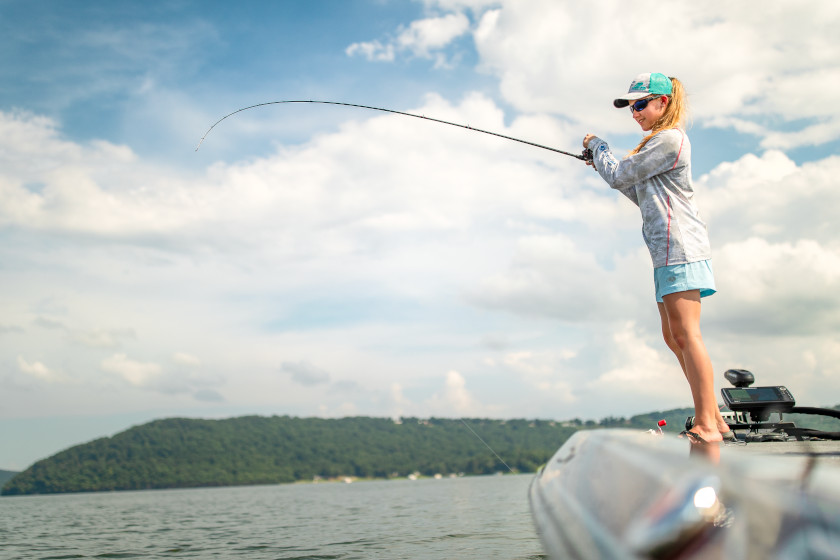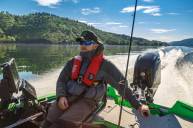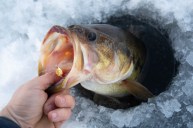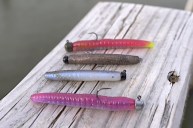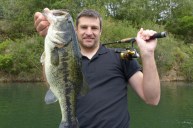Summer bass fishing should, by all means, be a fun and enjoyable way to spend your days. But sometimes, it feels as if all the bass have disappeared and become tight-lipped. But summer bass fishing doesn't have to mean going out and getting skunked.
In the summer, bass are focused on not just feeding but also finding cooler, more-oxygenated water to live in once temps have climbed past the tipping point. This can give you multiple solutions to the problems of finding bass and getting them to strike again—by changing your location or optimizing your bass lures.
As smart bass anglers, we routinely arm ourselves with this knowledge before we ever leave the house in the hope that it will tighten our lines, bend our rods, and fill our hands with bass. Here's how to find the nibbles.
What's Different About Summer Bass Fishing?
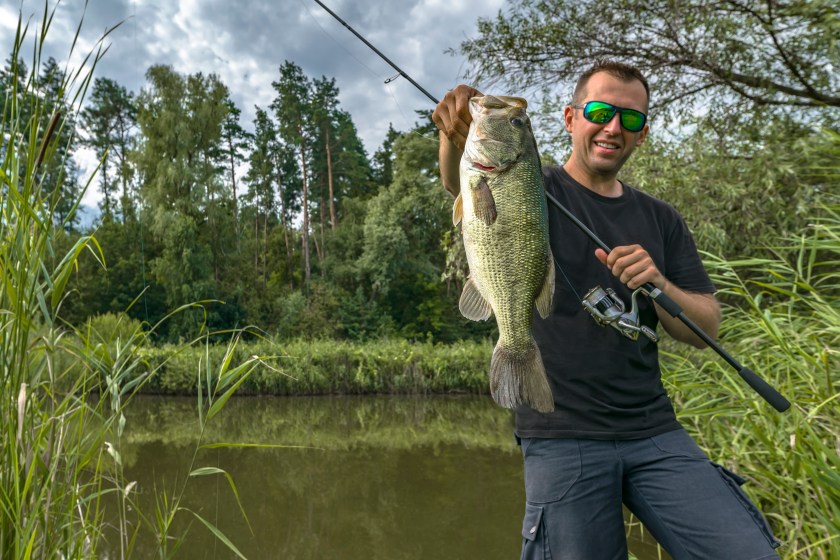
Getty Images, FedBul
By now, both smallmouth and largemouth bass have long since ended their spawning seasons and begun to disperse into their home range for the summer. The sun has gotten much higher in the sky, the days are longer, and the water temperature has risen past the comfort zone, even for these warm-water species.
Summer bass fishing can rely heavily on electronics to find bass and tell the fisherman important clues such as water temperature, depth, and structure.
Bass fishing is always about finding the fish and what they are eating, but it is most important in the summer.
READ MORE: 7 Fly Fishing Clinics for Women Who Want to Learn to Cast
Summer Location Preferences
1. Fish Deep Water
Smallmouth bass are especially fond of finding deeper, cooler water in the summer, and largemouth bass aren't very far behind them. They may be relating to structure or the bottom, but when you find one, you often will find a school.
Deep-diving crankbaits work well to locate fish; and once you've found them, you can rely on some other great tactics such as the drop shot. Just don't limit yourself to a wacky worm rig; try a tube bait as well.
READ MORE: The 21 Best Bass Lures Sure to Land Fish This Summer
2. Seek Out Suspended Bass
Fishing deep doesn't mean that the fish have only escaped the heat and aren't feeding. On the contrary, it means the bass are finding bait that's doing the same thing. Bass might have gone deeper, but they've found a depth where there is both oxygen and food for all.
You can find suspended fish over creek points, flooded timber, or along rock walls by using Carolina rigged soft plastics, lipless crankbaits, and jigging spoons, although suspending jerkbaits sometimes work the best.
3. Fish the Shade
It's not just the heat that bass are trying to escape in the summer—it's also the sun. Bright sunlight can be very detrimental to bass fishing at any time of the year, but in the summer months it can chase them away even before you arrive.
There are many good cover choices to try—including weed mats, submerged trees, docks, and overhanging brush—that will give bass a place to ambush bait. At this time, bass can and will be easily spooked by your movement, so your stealth is imperative.
Jig and pig combos, worms, tube baits, and lizards all work well when used covertly to avoid spooking fish.
Cloudy days can also make a lot of difference in the way that fish relate to location, since they are more likely to move away from the cover of the shade.
Best Time of Day to Bass Fish in Summer
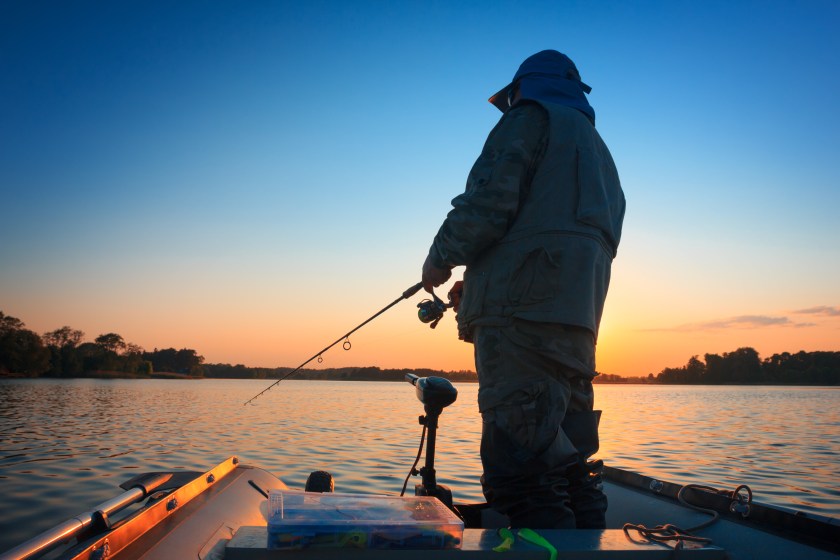
Getty Images, smiltena
1. Fishing the Early Morning
I can't tell you how many times I've fished a shoreline with great success for about an hour at the start of the day—only to have the fish seemly vanish into thin air.
A great rule of thumb is to target areas that get the sun first, and then try places that stay in the shade longer. This way, you will have a chance to hit both spots before the sun dictates other strategies.
Topwater frogs, jitterbugs, and buzzbaits all work well in the first light, but I love to slow-roll a white spinnerbait—just under the surface—for really fierce strikes.
2. Fishing the Evening
You may think bass will head back into their first-light spots for the evening, but you'll actually find better success sticking with deeper points, deeper channels, and drop-offs that the fish were hanging near during the peak sun.
As fish that had stayed deep during the day begin to move back up to feed, they will be the first to make an easy meal out of your offering, especially if you're using a model with rattles. Evening is a great time to tie on a crankbait that mimics the local forage fish such as bluegill or perch.
3. Fishing After Dark
First and foremost, anyone planning to night fish on a lake should know the body of water well enough to understand potential danger areas such as longer docks, submerged trees, rock piles, and even dams and weirs.
As for technique, night fishing for bass is not so different from day fishing. Similar colors and patterns work well depending on the conditions.
Some night fishing happens with a new moon and can be quite dark; and on a full or nearly moon, there can be almost enough light for the angler to see without a headlamp.
You would be right to use a topwater frog, buzzbait, propeller bait, or a floating twitch bait. Despite what you may think, sub-surface lures such as a scented power worm—black for a light evening so that it stands out—will also work because bass love to attack anything in freefall that looks like an easy meal.
Understanding Cold Fronts
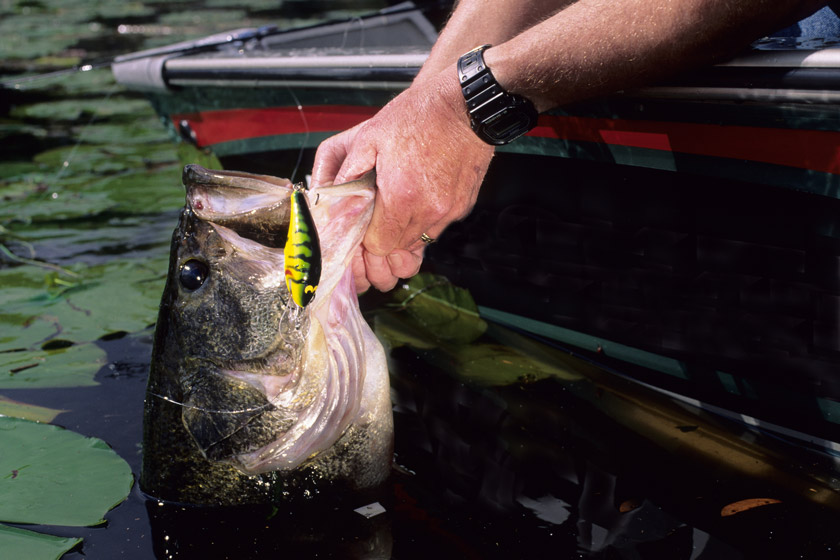
Even a good fishing pattern that has been producing positive results for bass anglers can be immediately disrupted by a cold front—the bane of bass fishermen everywhere.
Cold fronts are the best and the worst of bass fishing times. If a cold front is predicted, these pre-front conditions often dictate that bass will actively feed as they feel the barometer falling, striking anything that looks like an easy meal.
But during a cold front, the drop in temps can make them turn off for days at a time. And once a front has passed, the weather may seem nicer for you and me, but bass are now hunkered down.
In other words: Fish the approaching cold front and skip the surprise chill and days after—even if the break from summer heat can be the nicest time to be out on the water.
You'll have to put aside the standard baits that rip through the water horizontally and try things such as finesse baits in deeper water. Even at that, big bass can be found in the thickest vegetation, but you'll have to use all your skills to coax them out.
Downsize your baits and slow down. If bass are present, it'll likely take a little more effort to entice a strike at this time; but the longer your bait presents itself to them right under their nose, the better chance you will have to hook up.
Summer Bass Bait and Tackle
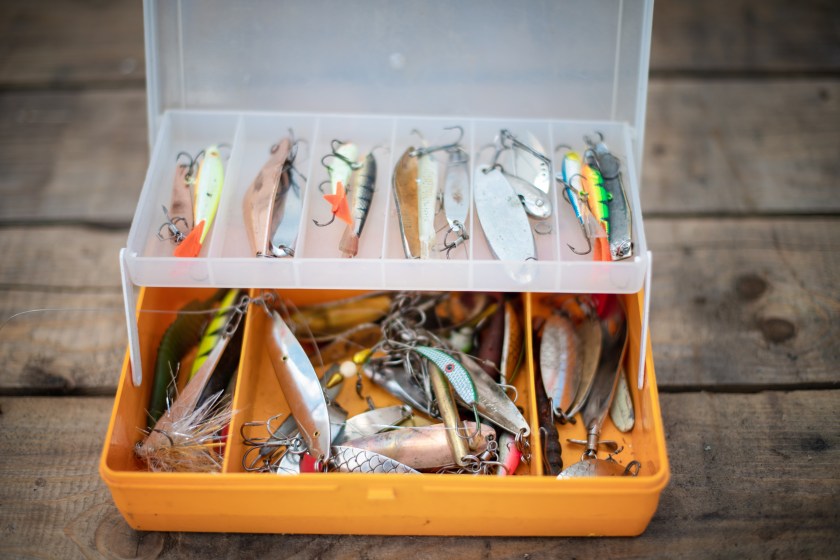
Getty Images, Zakharova Elena
Line Selection
Bass that were targeted during their pre-spawn, spawn, and post-spawning runs have now wised up to your favorite baits. Lighter lines—even braided lines—can make a world of difference at this time.
When you're focusing on deep-water smallmouths, for instance, 8-pound test fluorocarbon not only gets baits such as a drop shot down to the target zone quickly, but it also disappears into nothing so that bass only focus on the lure.
For fishing in deep cover, braided lines of all kinds now come in extremely small diameters without giving up the strength and feel they are known for.
Lure Size
Some say to use a selection that is smaller than usual in the summer, while others tie on swimbaits the size of their hand. Really, both methods will work—and sometimes side by side.
Personally, I love a 10-inch jelly worm in the summer, while my buddy prefers a 4-inch paddle tail grub—but we both hook a lot of fish.
Summer is the time to empty your tackle box and throw the "kitchen sink" at them, because they're not going to throw themselves.
READ MORE: 10 of the Coolest Fishing Lodges in America to Book for Vacation
